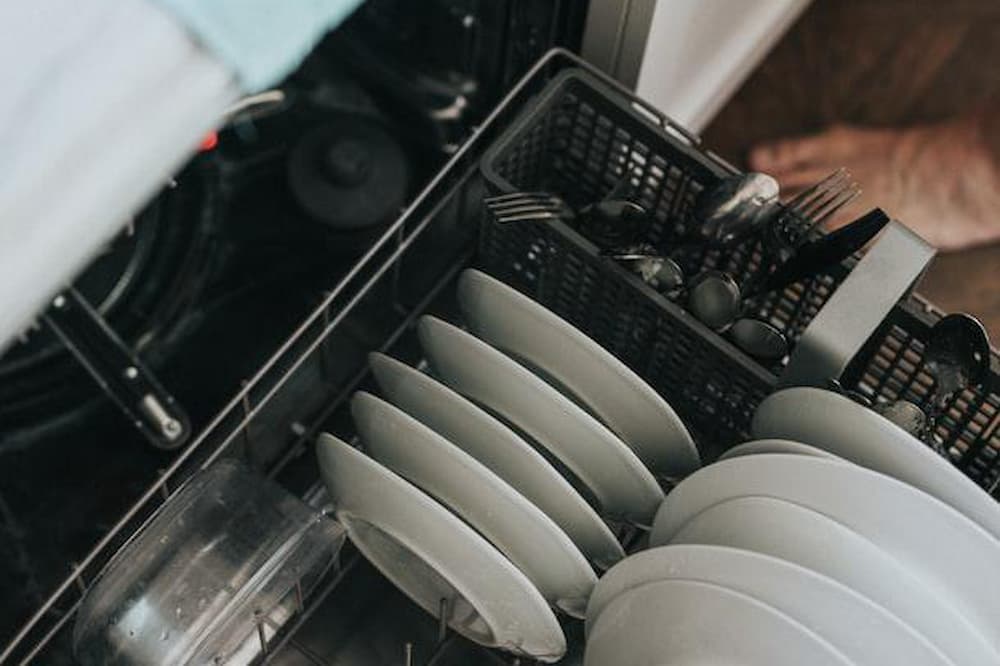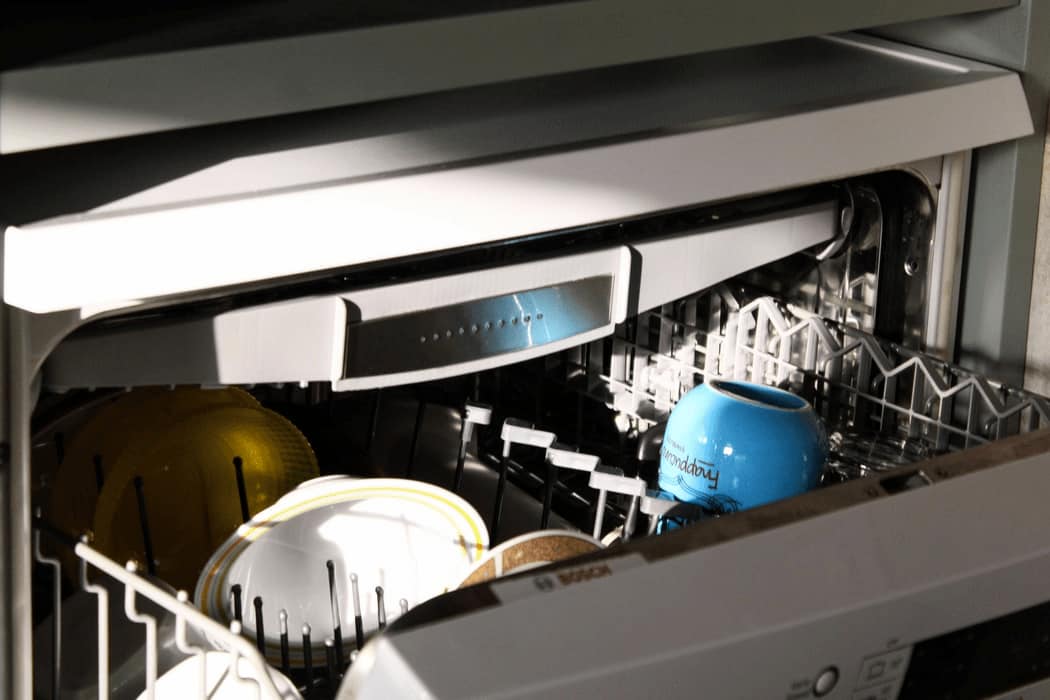* We independently evaluate all recommended products and services. If you click on links we provide, we may receive compensation.
Before installing a new dishwasher, you need to remove your old one. And here is an article about how long do dishwashers last which you can read for reference. The great news is that you don’t have to hire a professional for this job, you can simply do it yourself. This involves disconnecting the water supply and power connections before disconnecting the hardware brackets. You must exercise caution before doing so as a dishwasher is after all an electrical appliance.
While getting them removed by a professional will be much easier, it is expensive and can be done by you for free with just a few household tools. In this guide, we will discuss how to disconnect dishwashers in a step-by-step method, for anyone looking to remove one at home.
You will need the following tools:
- Pliers (preferably channel-lock)
- Crescent Wrench
- Screwdriver
- Drop cloth
- Voltage detector pen
This step-by-step consists of 8 steps that explain how to disconnect dishwashers. It is divided into preliminary steps and removal steps. The former are all the steps needed before you install the sink into the countertop.
- Preliminary Steps (Steps 1-4)
- Removal Steps (Steps 5-8)
Preliminary Steps (Steps 1-4)
Before removing the sink, you need to perform some steps to ensure a safe and mess-free dishwasher removal.
Step 1: Disconnecting the power supply
Since a dishwasher is an electrical appliance, you should make sure that all power supply is disconnected from the unit. Switch it off from the circuit breaker connected to the dishwasher as well. Some dishwashers are connected to the electrical system of the home, while others are plugged into the socket located right under the sink. If there isn’t a plug underneath the dishwasher, then it is most likely wired directly.
Step 2: Disconnecting the water supply
The first step is making sure the water supply is disconnected for removing the sink. The water supply tube is a small copper (could also be plastic) tube which is covered with wire mesh. Locate this tube – connecting the dishwasher and fixture valve – using channel-lock pliers, detach the supply tube from the shutoff valve outlet. You will have to shut off both valves if it’s a double-outlet valve, that is if you have a hot water supply to the dishwasher too.
If however, you have a connection that does not involve connection to the fixture shutoff valve, you will have to unhook a compression fitting. Or in some cases a coupling nut that links the supply tube of the dishwasher to the water pipe. However, it is generally a good idea to get a shutoff valve installed instead.
Step 3: Disconnecting the drain line
The second connection that needs to be taken out before removing the dishwasher is the one with the drain line. First look for a rubber hose connected to the dishwasher and trace the other end of where it's connected to. In case it is connected to air gap fitting (most likely mounted to the counter or sink), then loosen and detach the clamp attached to the hose to the air gap.
However, if the drain hose does not go to an air gap then there will most likely be a nipple fitting on the sink drain or food disposer. In that case, you will need to detach the hose from this.
Step 4: Unfastening the mounting brackets
Metal mounting brackets are often used to hold the dishwasher in place. They are screwed to the bottom of the kitchen counter, just above the dishwasher. You find these after opening the door of the dishwasher. Find the brackets and unscrew the nuts holding the dishwasher in its place.
Removal Steps (Steps 5-8)
The following steps are to be followed after you have followed the preliminary ones.
Step 5: Lowering the dishwasher
To move the dishwasher from its place, you will have to unscrew the legs to lower it. There will be a faceplate situated on the lower portion of the face of the dishwasher. It is often held in place by either mounting screws or spring clips, depending on the model of the dishwasher.
Step 6: Loosening the legs
The dishwasher is held with the countertop with four legs. With the help of a crescent wrench loosen the front legs first. After the faceplate is removed the legs of the dishwasher will be visible. Turn them counter-clockwise to loosen the bolts and once loosened, turn the legs simply with your fingers. Loosen them until there is space of about one inch between the floor and the leg foot. This allows you to tilt and move it from under the counter.
Once you slide out the dishwasher, push the water supply tube to the back of the dishwasher. Reach under the unit and loosen the back legs with the help of a crescent wrench. Then loosen them with your fingers about an inch.
Step 7: Disconnecting the power
With the help of a voltage-detector check to see if the power to the dishwasher is running. If the voltage meter lights up then the power supply is still connected and the right circuit breaker is not switched off. Only when you are sure the power supply is disconnected, move on to the next step. Locate the electrical box of the dishwasher placed under it, by following the wire and unscrew it to open the electrical box. There will be copper, black, and white wires; unscrew the nuts of black and white wires. Then also detach and unscrew the copper one from the box. To properly disconnect the power replace the nuts of the wires going from the wall.
Step 8: Removing the dishwasher
Slide and pull the dishwasher from the cabinet – carefully and by lifting it slightly as the dishwasher is on the edge of the floor. You might need help from someone to feed the drain hose and supply tube while you pull the unit from the bottom of the countertop. Lifting the dishwasher while pulling it out of the cabinet is recommended to not scratch the floor. You can also place a canvas drop cloth on the floor while removing the dishwasher.
Your old dishwasher is now ready to be replaced by the new one.


